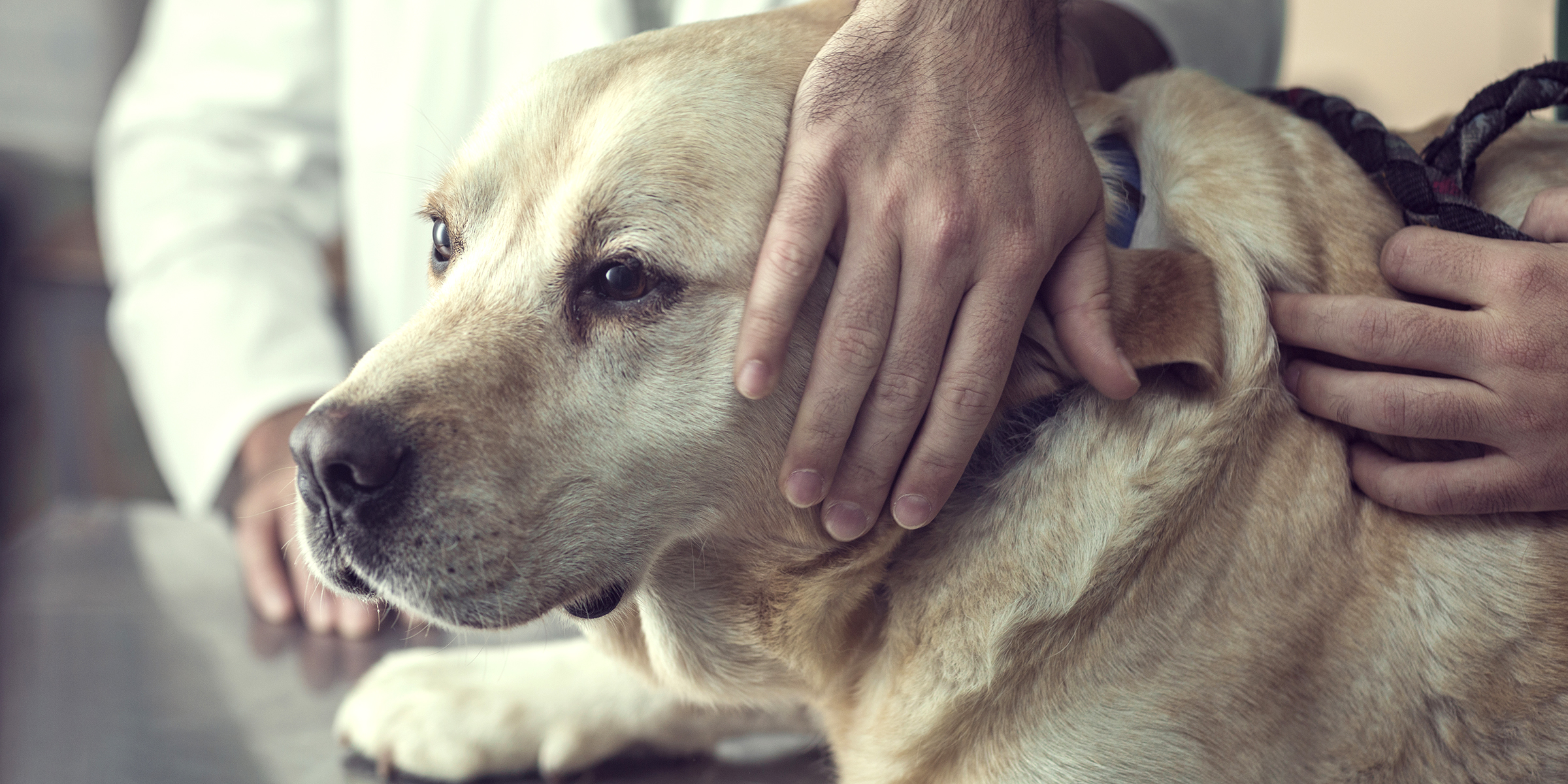
The term euthanasia has been derived from 2 Greek words:
- “eu”- means good
- “thanatos” – means death.
The AVMA (American Veterinary Medical Association) had published a report in 2001 that defined this term “good death” in the following manner:
“Euthanasia is a kind of act where humane death is induced in an animal. As a veterinarian, it is the responsibility to make sure that if you need to take a life of an animal, then it must be done with a certain degree of respect so that an emphasis is given to make the death least painless and distress-free that is possible”
Therefore for conducting any in home pet euthanasia, as an owner of a pet, you must take the help of any professionally qualified veterinarian to make sure that your pet cat or dog may get a respectable death.
Methods to be adopted
WSPA firmly believes, methods adopted for euthanasia should meet the following criteria:
- Be painless
- Should achieve rapid unconsciousness and then followed by death
- Reduce animal distress and fear
- Be reliable and also irreversible.
Reasons for euthanasia
To take any decision whether to euthanase a pet animal may be a very complex ethical matter that involves many different factors, and we cannot do any detailed discussion on this subject, as it is not possible to write in a limited few words.
However, as per the WSPA (The World Society for the Protection of Animals) who have concluded that euthanasia is necessary and acceptable when a pet animal is a victim of a certain disease that is not curable at all. This kind of illness can also be responsible for causing a safety issue for humans as well as other animals too.
Due to such a disease, the affected animal may either spread the disease further or display a certain aggressive behavior that may harm others.
In all such cases, WSPA member societies must take a conscious decision to offer the necessary advice to euthanase animals by looking at the dog end of life signs and by following all the agreed euthanasia protocols. This protocol clearly outlines the various reasons for euthanasia as well as the acceptable procedures.
WSPA never encourages mass destruction of cats and dogs for controlling their population. Successful control of cat and dog populations needs a coordinated strategy, which has been accepted by all stakeholders that include:
- Proper legislation with sufficient enforcement
- Registration with a reliable identification method for cats and dogs
- Reproduction control
- Various measures are taken for reducing the availability of cats and dogs through certain breeder control, pet shops, and few other sales outlets
- Proper education of owners/guardians and they may act as responsible caretakers for their animals
Despite all these, WSPA still accepts (though reluctantly) that there are few circumstances when even for healthy animals the euthanasia may be needed. Take an example, where animals cannot be provided with a necessary home or overcrowding in shelters where many other animals are present and their welfare will be compromised.
As a responsible pet owner, we should also ensure that if your pet is also under such a situation then you must consider euthanasia for them.




